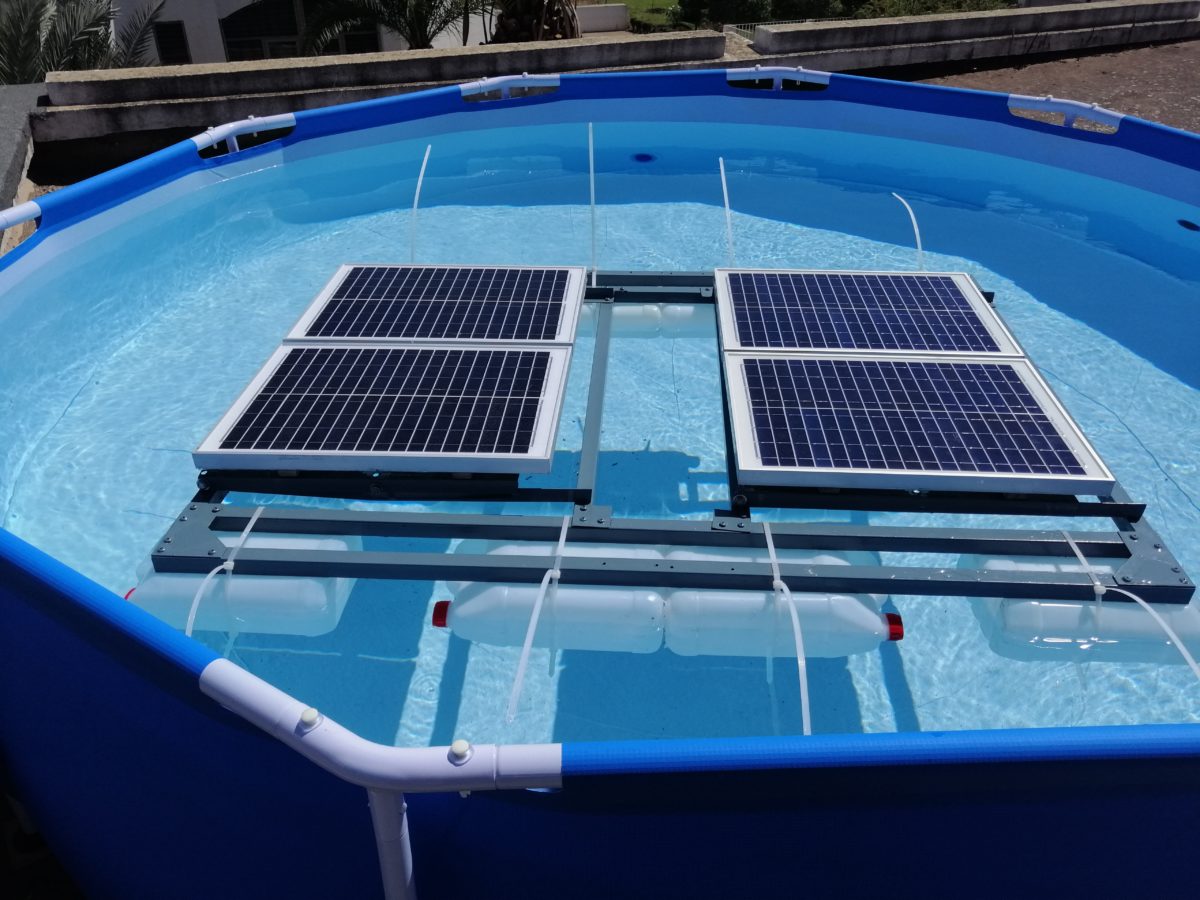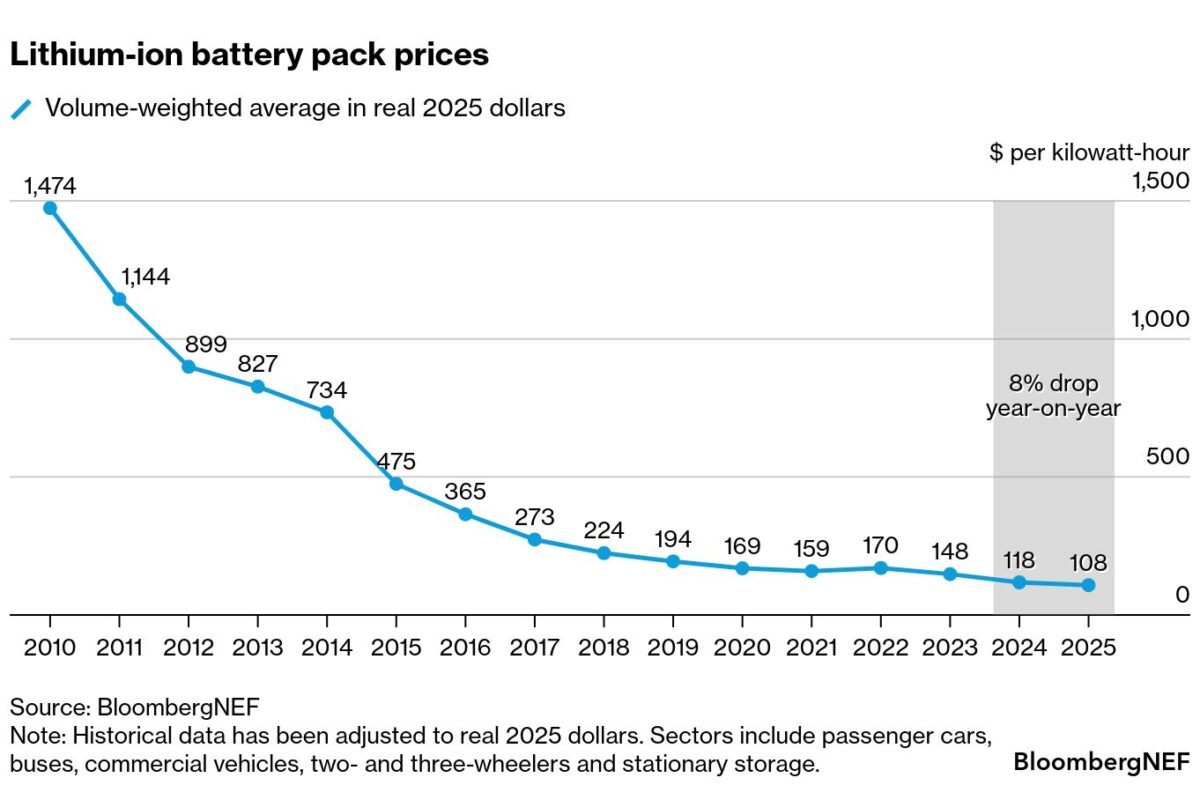Scientists from Morocco's SMBA University have developed a new model to analyze and compare the electrical and thermal performance of floating PV systems and onshore solar plants.
They presented their testing methodology in “Design and construction of a test bench to investigate the potential of floating PV systems,” which was recently published in the Journal of Cleaner Production and on the ScienceDirect website. They said their approach is also aimed at assessing different tilt angles, in order to determine the optimal tilt angle for floating installations.
“The supporting structure, which is used for fixing PV panels on the floating unit, is designed in such a way to have the possibility of varying the tilt angle ranging from 0 degrees to more than 50 degrees,” the research group explained. The floating system was installed on a pond, while the reference onshore PV system was installed nearby.
The two installations each had a power output of 87.5 W, with the panels arranged in two parallel strings, each formed by two modules. The panels in both systems have the same electrical characteristics and are the same size, at 55 cm x 28 cm.
“The (floating PV) and (onshore PV) modules are initially installed at a tilt angle of 30 degrees, which corresponds to the optimal tilt angle leading to the highest annual electricity production in Fez,” they said. “In addition, the azimuthal orientation of the PV modules is fixed at 180 degrees to the south.
Test operations were performed over five days for nine hours a day, with a measurement step of 10 minutes. The maximum solar radiation reached 989 W/m², while the lowest was 192 W/m². The minimum and maximum daily ambient temperatures were 23 C and 37.94 C.
The academics used thermocouple sensors to measure the rear-side module temperature, while the front-side temperature was measured using an infrared camera. They found that the temperature of the modules in the floating generator was typically lower than those of the ground-mounted systems, which they attributed to the cooling effect of the water.
“The cooling effect of water creates a difference in operating temperature of 2.08°C between the two systems,” the scientists explained. “In some other cases, this difference may exceed 5°C.”
In terms of power yield, the floating array always performed better than the reference onshore system. And the efficiency of the floating system could be even greater if placed in a large body of water where the airflow is high, resulting in lower module temperatures, the researchers said. On average, the floating tech recorded a 2.33% daily power production gain over the onshore array.
“These results show that the heat from the surface of the PV panels is transferred to the water basin that acts as a cooling system,” the scientists said.
The research group concluded that floating PV could be an interesting solution for Morocco, where water is scarce, as PV module shading can conserve water by reducing evaporation losses in bodies of water. Morocco's water surfaces are also often situated in agricultural areas, and PV power generation could help local farmers to secure cheap power for domestic use or for agricultural purposes.
This content is protected by copyright and may not be reused. If you want to cooperate with us and would like to reuse some of our content, please contact: editors@pv-magazine.com.




At least for the first month. After that algae will grow over the panels and steal all the sunlight.
The shade that the floating structures produce helps to prevent the growth of algae.
Only two modules of 44 W each? In a “pond” of what, 30 cms deep and a clear, reflective bottom, whose water probably reaches same as ambient temperature in first 10 min of sun. The modules on a dark structure that transmits the heat to the back of the module? 5 days…
Statistics would dismiss the 2% increase, scientific method would discard the experiment with the faulty test environment.
Please refer to the paper from this link to learn more about this research:
https://www.sciencedirect.com/science/article/pii/S0959652620339627